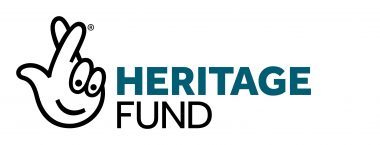Do you struggle with third party content when trying to achieve WCAG standards?
Is this preventing you from gaining an accreditation?
Our experts often get asked about this topic, so we thought it would be useful to share some insight into how you can achieve this.
What is third party content?
It refers anything which comes from an external source. This means that it would be deemed to be outside the author’s control, because it is being provided by a third party provider.
This includes items such as:
- Documents
- Web page content
- Portals
- Libraries
- Plugins or widgets, e.g. payment facilities, event bookings, and interactive maps.
What impact does third party content have on digital accessibility?
Firstly, any organisation should ask third party suppliers at the point of procurement, whether their content or application meets WCAG standards and how this could be achieved.
There are occasions, however, when a third party provision is already in place and if it’s not possible to ensure it conforms to WCAG “only for reasons that are legitimately outside the author’s control, then the author can make a claim of partial conformance”. It is important this is recognised in your website’s accessibility statement, so that users who may not be able to access this content are aware from the onset.
Do you want more information about achieving accessible third party content?
Our team are here to guide you through what is needed to ensure your content is WCAG compliant. Send us an email and one of our technical team would be happy to answer any questions.







